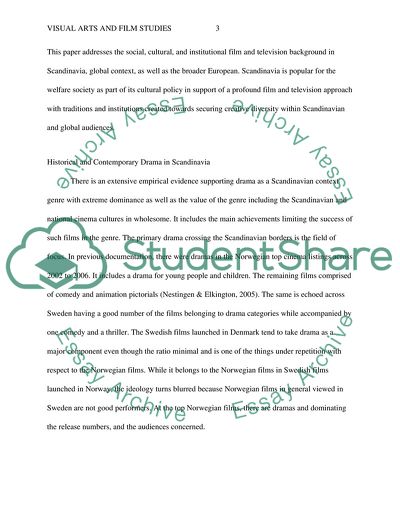Cite this document
(Scandinavian Contemporary Drama Coursework Example | Topics and Well Written Essays - 3250 words, n.d.)
Scandinavian Contemporary Drama Coursework Example | Topics and Well Written Essays - 3250 words. https://studentshare.org/visual-arts-film-studies/1818581-final-research-project-spring-2014
Scandinavian Contemporary Drama Coursework Example | Topics and Well Written Essays - 3250 words. https://studentshare.org/visual-arts-film-studies/1818581-final-research-project-spring-2014
(Scandinavian Contemporary Drama Coursework Example | Topics and Well Written Essays - 3250 Words)
Scandinavian Contemporary Drama Coursework Example | Topics and Well Written Essays - 3250 Words. https://studentshare.org/visual-arts-film-studies/1818581-final-research-project-spring-2014.
Scandinavian Contemporary Drama Coursework Example | Topics and Well Written Essays - 3250 Words. https://studentshare.org/visual-arts-film-studies/1818581-final-research-project-spring-2014.
“Scandinavian Contemporary Drama Coursework Example | Topics and Well Written Essays - 3250 Words”. https://studentshare.org/visual-arts-film-studies/1818581-final-research-project-spring-2014.


